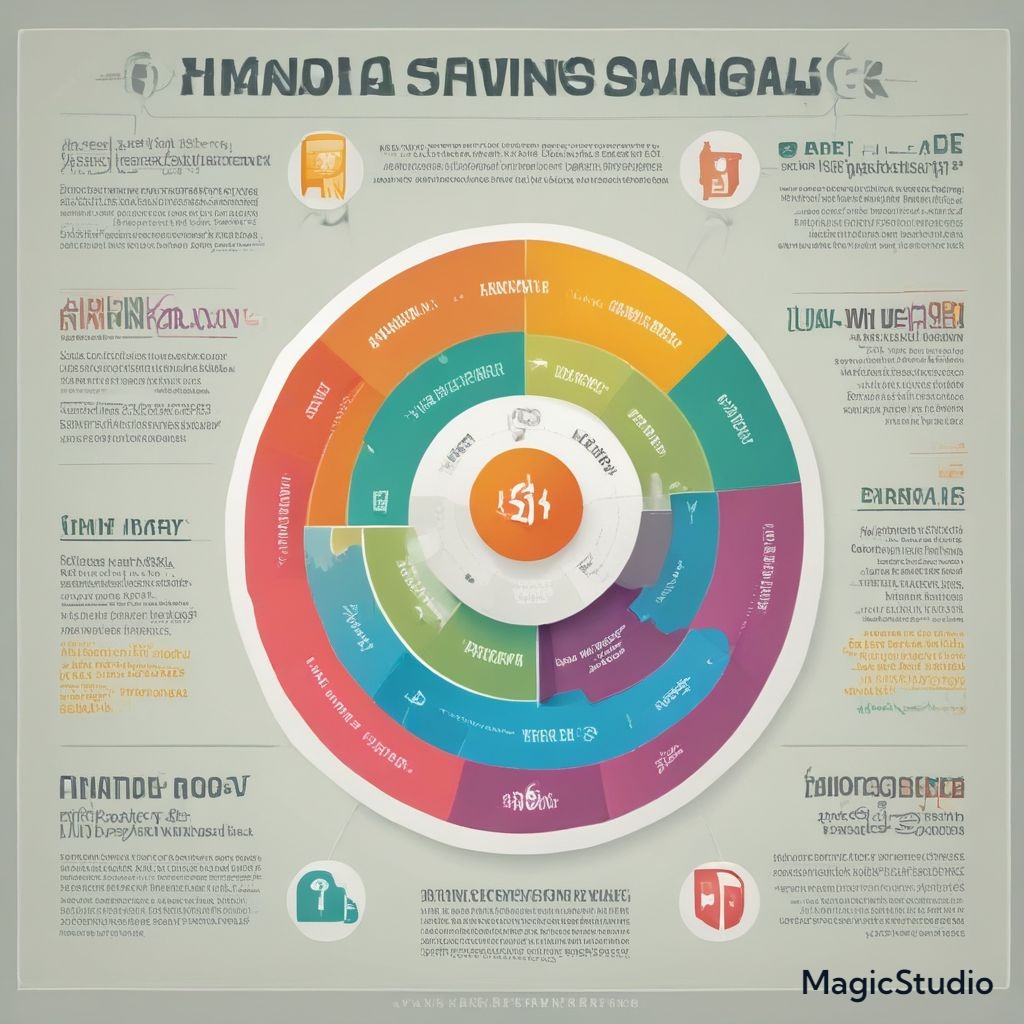Achieving financial goals is a journey that requires careful planning, discipline, and a smart approach to savings. Whether you’re saving for a dream vacation, a new home, education, or retirement, having a solid savings strategy can make all the difference. In this blog, we’ll explore effective strategies for achieving your financial goals through smart savings, ensuring that you not only meet your targets but also enhance your overall financial health.
1. Set Clear Financial Goals
The first step in achieving your financial goals is to define what they are. Be specific about what you want to achieve and when you want to achieve it. For example, instead of stating you want to “save for a vacation,” specify “I want to save $5,000 for a trip to Europe in two years.” Clear goals give you direction and motivation.
Action Steps:
- Write down your financial goals.
- Categorize them into short-term (1 year), medium-term (1-5 years), and long-term (5+ years).
2. Create a Budget
A budget is your financial blueprint. It helps you track income and expenses, ensuring you allocate enough funds toward your savings goals. By understanding where your money goes each month, you can identify areas to cut back and redirect those funds into savings.
Action Steps:
- Use budgeting apps or spreadsheets to track your income and expenses.
- Review your budget monthly and adjust it as needed.
3. Open a Dedicated Savings Account
To keep your savings organized and separate from your regular spending, consider opening a dedicated savings account. This can be a high-yield savings account, which often offers better interest rates than regular savings accounts, helping your money grow faster.
Action Steps:
- Research and compare interest rates from various banks and credit unions.
- Set up automatic transfers from your checking account to your savings account.
4. Automate Your Savings
One of the most effective ways to achieve your financial goals is to automate your savings. By setting up automatic transfers to your savings account each month, you ensure that saving becomes a priority rather than an afterthought.
Action Steps:
- Set up automatic transfers that coincide with your paydays.
- Consider using apps that round up your purchases to the nearest dollar and save the difference.
5. Cut Unnecessary Expenses
Identify areas where you can cut back on spending. This may include dining out less, canceling unused subscriptions, or finding cheaper alternatives for everyday purchases. Redirect these savings toward your financial goals.
Action Steps:
- Analyze your spending habits and identify at least three areas to reduce costs.
- Implement changes immediately and track your progress.
6. Take Advantage of Employer Benefits
If your employer offers a retirement savings plan, such as a 401(k), make sure to take full advantage of it. Many employers match contributions, which is essentially free money for your future. Additionally, consider health savings accounts (HSAs) if eligible, as they provide tax advantages.
Action Steps:
- Enroll in your employer’s retirement plan and contribute enough to get the full match.
- Learn about other benefits your employer offers that can help with savings.
7. Review and Adjust Your Goals Regularly
Your financial situation and goals may change over time. Regularly review your financial goals and savings strategy to ensure they still align with your current circumstances. Adjust your budget, savings rates, or even your goals if necessary.
Action Steps:
- Schedule a quarterly review of your financial goals and savings progress.
- Make adjustments based on any life changes or shifts in priorities.
8. Stay Educated About Personal Finance
Knowledge is power when it comes to personal finance. Stay informed about financial literacy topics, investment strategies, and savings techniques. The more you know, the better equipped you’ll be to make informed financial decisions.
Action Steps:
- Read books, listen to podcasts, and follow reputable financial blogs.
- Consider attending workshops or webinars on personal finance.
